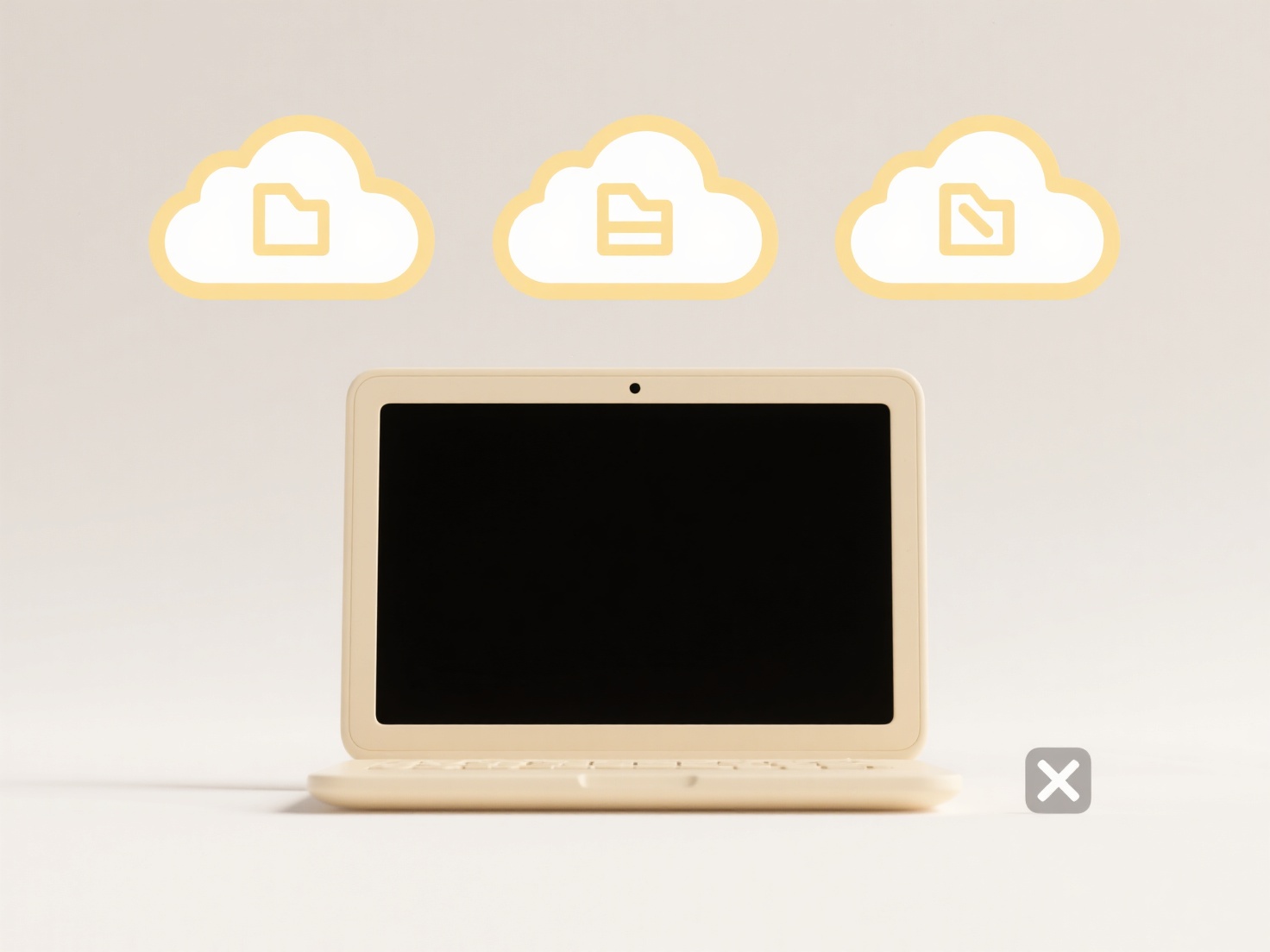
Editing shared files offline refers to the ability to modify files stored on cloud-based services like OneDrive, Google Drive, or Dropbox when you lack an active internet connection. Unlike regular online editing where changes are saved directly to the cloud and visible to collaborators instantly, offline editing involves downloading a copy of the file to your device beforehand. Any edits made offline are saved locally and only synchronized back to the shared cloud storage when an internet connection is re-established.

Common tools enabling this functionality include Microsoft Office applications (like Word, Excel) synced with OneDrive or SharePoint; users manually select files for offline access within these apps or platform settings. Similarly, Google Workspace users can enable offline editing for Docs, Sheets, or Slides files stored in Google Drive using the Google Drive for desktop app or browser extension. This is essential for professionals traveling or in areas with unreliable internet.
A primary advantage is flexibility, allowing productive work anywhere. However, limitations exist: edits made offline aren't visible to collaborators until synced, potentially causing conflicts if multiple users edit simultaneously. If offline changes sync after others updated the online file, version clashes might occur requiring manual resolution. File permissions set by the owner also govern offline editing availability. This reliance on sync mechanics necessitates user diligence to avoid data loss or confusion.
Can I edit shared files offline?
Editing shared files offline refers to the ability to modify files stored on cloud-based services like OneDrive, Google Drive, or Dropbox when you lack an active internet connection. Unlike regular online editing where changes are saved directly to the cloud and visible to collaborators instantly, offline editing involves downloading a copy of the file to your device beforehand. Any edits made offline are saved locally and only synchronized back to the shared cloud storage when an internet connection is re-established.

Common tools enabling this functionality include Microsoft Office applications (like Word, Excel) synced with OneDrive or SharePoint; users manually select files for offline access within these apps or platform settings. Similarly, Google Workspace users can enable offline editing for Docs, Sheets, or Slides files stored in Google Drive using the Google Drive for desktop app or browser extension. This is essential for professionals traveling or in areas with unreliable internet.
A primary advantage is flexibility, allowing productive work anywhere. However, limitations exist: edits made offline aren't visible to collaborators until synced, potentially causing conflicts if multiple users edit simultaneously. If offline changes sync after others updated the online file, version clashes might occur requiring manual resolution. File permissions set by the owner also govern offline editing availability. This reliance on sync mechanics necessitates user diligence to avoid data loss or confusion.
Quick Article Links
How do I search within compressed files like ZIP or RAR?
Searching within compressed files like ZIP or RAR refers to the ability to find specific content (text, filenames) insid...
Can I search only within system folders?
Searching only within system folders refers to querying for files or information exclusively within directories critical...
Are file formats the same across different operating systems?
File formats are technical specifications defining how data is stored within a computer file. Formats like JPEG for imag...